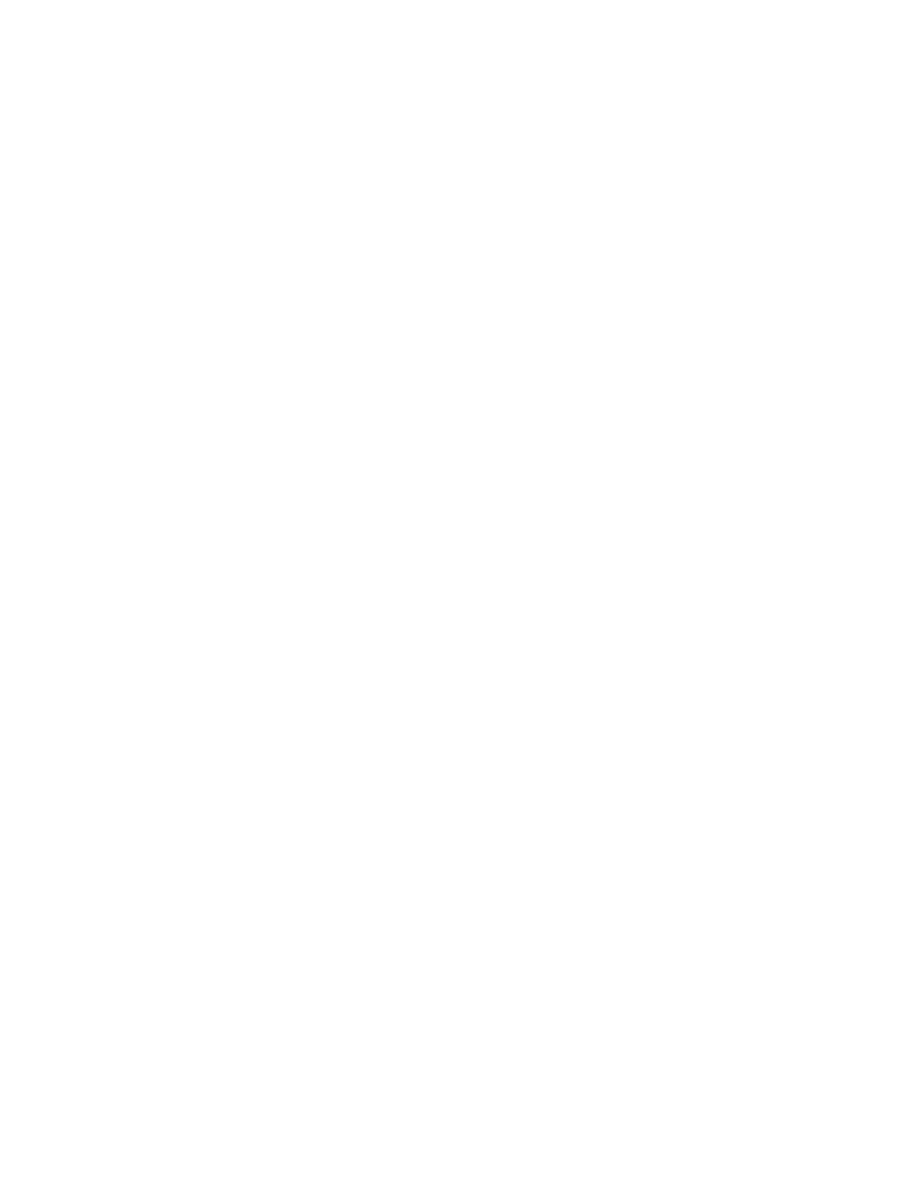Cougar/XR7 V8-4.6L VIN W (1997)

Pinion Gear: Testing and Inspection
After Disassembly
WARNING: ALWAYS WEAR SAFETY GOGGLES. IF SOLVENT OR COMPRESSED AIR GETS IN EYES, SEVERE IRRITATION OR
PERMANENT INJURY SUCH AS BLINDNESS COULD OCCUR. SEEK MEDICAL ATTENTION IMMEDIATELY.
1. Thoroughly clean all parts. Synthetic seals must not be cleaned, soaked or washed in cleaning solvents. Always use clean solvent when cleaning
bearings. Oil the bearings immediately after cleaning to prevent rusting. Inspect the parts for wear or damage. Clean the inside of the carrier before
assembly.
2. When a scored differential ring gear and pinion is replaced, the rear axle housing should be washed thoroughly and steam-cleaned. This can only
be done effectively if all seals and bearings have been removed from the rear axle housing. Inspect individual parts as follows:
GEARS
-
Examine the pinion and ring gear teeth for scoring or excessive wear. Worn gears cannot be rebuilt to correct a noisy condition. Gear scoring is the
result of excessive shock loading or the use of an incorrect lubricant. Scored gears cannot be reused.
-
Examine the teeth and thrust surfaces of the differential side gears. Wear on the hub of the differential side gear can cause a chucking noise known
as chuckle when the vehicle is driven at low speeds.
-
Wear of splines, thrust surfaces or thrust washers can contribute to excessive driveline backlash.
BEARING CUPS AND CONE AND ROLLER ASSEMBLIES
-
Check bearing cups for rings, scores, galling or excessive wear. Pinion cups must be solidly seated. Check for seating by attempting to insert a
0.04 mm (0.0015 inch) feeler between these cups and the bottoms of their bores.
-
When operated in the bearing cups, cone and roller assemblies must turn without roughness. Examine the large roller ends for wear. If the original
blend radius has worn to a sharp edge, the bearing should be replaced.
-
If inspection reveals either a worn bearing cup or a worn cone and roller assembly, both parts should be replaced to avoid damage
UNIVERSAL JOINT FLANGE
-
Make sure the surfaces of the rear axle universal joint flange have not been damaged in removing the driveshaft or in removing the driveshaft
centering socket yoke from the axle.
-
The end of the rear axle universal joint flange that contacts the rear axle drive pinion shaft oil slinger, as well as the flat surface of the pinion nut
counterbore, must be smooth. Polish these surfaces if necessary. Roughness aggravates backlash noises and causes wear of the rear axle universal
joint flange and pinion nut with a loss in pinion bearing preload.
DRIVESHAFT CENTERING SOCKET YOKE FLANGE
-
Make sure the surfaces of the driveshaft centering socket yoke have not been damaged in removing the driveshaft or in removing the driveshaft
centering socket yoke from the rear axle universal joint flange.
-
The end of the driveshaft centering socket yoke that contacts the rear axle universal joint flange must be smooth. Polish these surfaces if necessary.
CARRIER HOUSING
Make sure the differential bearing bores are smooth. Remove any nicks or burrs from the mounting surfaces of the rear axle housing.
DIFFERENTIAL CASE
-
Make sure the differential bearing bores are smooth. Remove any nicks or burrs from the mounting surfaces of the differential case.
-
Make sure that the hubs where the differential bearings mount are smooth. Carefully examine the differential bearing shoulders which may have
been damaged when the differential bearings were removed. The bearing assemblies will fail if they do not seat firmly against the shoulders.
-
Check the fit (free rotation) of the differential side gears in their counterbores. Make sure that the mating surfaces of the two parts of the case are
smooth and free of nicks or burrs.
TRACTION-LOK(r) DIFFERENTIAL PARTS
CAUTION: Inspect the clutch plates for uneven or extreme wear. The tanged clutch plates must be free from burrs, nicks or scratches which
could cause excessive or erratic wear to the internally splined clutch plates. The internally splined clutch plates should be inspected for condition
of the material and wear. Replace the plates if their thickness is less than 1.5 mm (0.058 inch) or if the material is scored or badly worn. Inspect
the plate internal teeth for wear. Replace them if excessive wear is evident.
Plates should only be replaced as a set. Examine all thrust surfaces and hubs for wear. Abnormal wear on these surfaces can contribute to axle
noise.
Backlash
